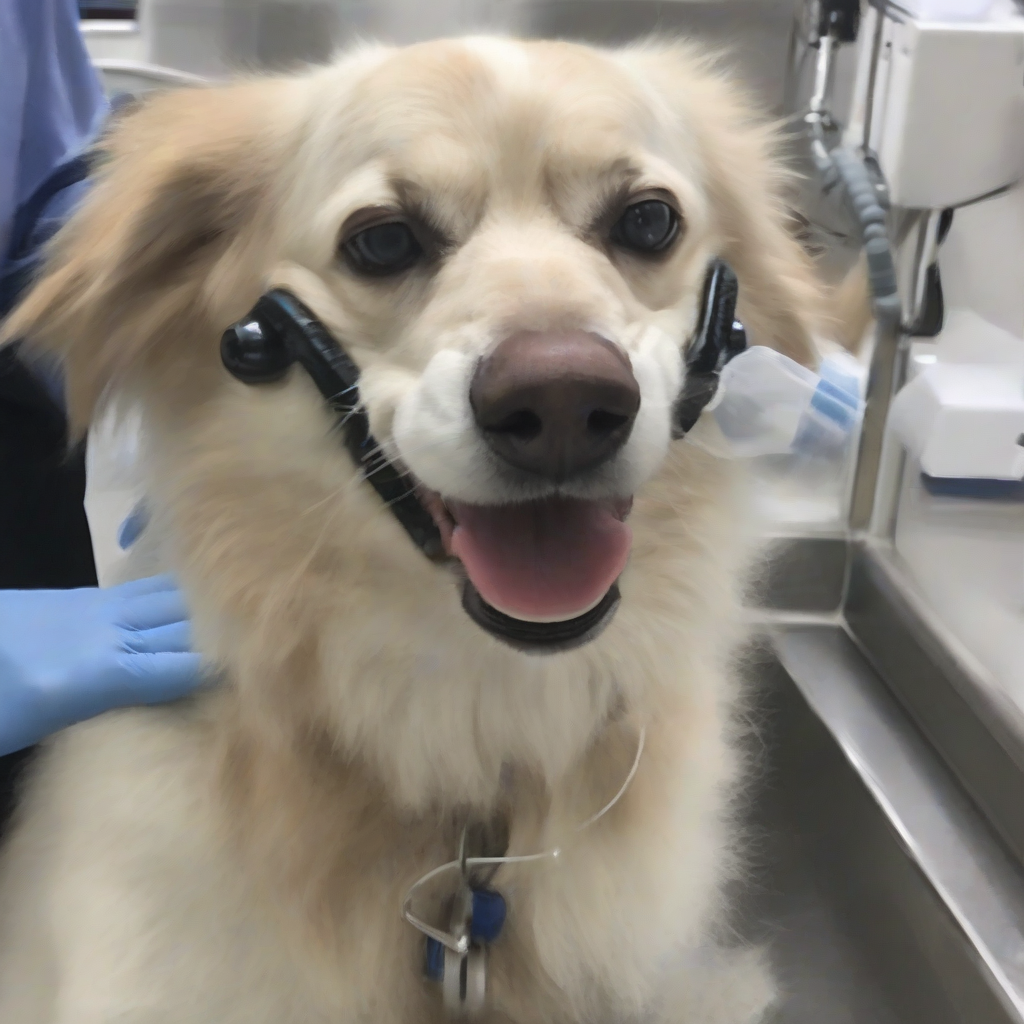Penn Foster Veterinary Technician Program: A Comprehensive Review Based on Student Experiences
Choosing the right veterinary technician program is a crucial decision. This review delves into the Penn Foster Veterinary Technician program, examining its curriculum, learning style, flexibility, job placement assistance, and overall student satisfaction. We’ll explore both the advantages and disadvantages based on real student experiences and feedback.
Curriculum and Course Structure
Penn Foster’s Veterinary Technician program is entirely online, offering flexibility for students with busy lives or other commitments. The curriculum covers a wide range of topics essential for veterinary technicians, including:
- Animal anatomy and physiology
- Veterinary medical terminology
- Pharmacology and drug administration
- Laboratory procedures and diagnostics
- Surgical assistance and aseptic techniques
- Radiography and imaging
- Anesthesia and patient monitoring
- Animal behavior and handling
- Client communication and veterinary practice management
Students generally praise the comprehensiveness of the curriculum, noting that it adequately prepares them for entry-level positions. However, some students mention that the self-paced nature can make it challenging to stay motivated and on track. The lack of hands-on laboratory experience is a frequent point of discussion, which we will address in more detail later.
Learning Style and Flexibility
The program’s entirely online format is a significant draw for many students. The flexibility to study at one’s own pace and on one’s own schedule is a major advantage, allowing students to balance their education with work, family, and other obligations. Penn Foster utilizes a variety of learning materials, including:
- Online lessons and modules
- Interactive exercises and quizzes
- Written assignments and exams
- Access to online resources and libraries
However, the lack of instructor interaction and peer collaboration is a common criticism. The self-directed learning style requires significant self-discipline and time management skills. Some students find the lack of immediate feedback on assignments to be a drawback. The absence of in-person instruction also limits opportunities for practical application and skill development.
Hands-on Experience and Clinical Rotations
This is arguably the most significant drawback cited by many Penn Foster graduates. The program lacks the crucial hands-on clinical experience that is vital for veterinary technicians. While the curriculum covers the theoretical aspects, the absence of practical application can leave students feeling underprepared for the realities of working in a veterinary clinic.
Students often express concern about the need to seek out external clinical rotations independently after completing the program. This added step increases the time and effort required to become fully qualified and can be a significant hurdle for some.
Job Placement Assistance and Career Services
Penn Foster offers career services to assist graduates with job placement. However, the effectiveness of these services is a point of contention among past students. While some report receiving valuable support in resume writing and interview preparation, others feel the level of assistance is limited and does not significantly aid in securing employment.
The competitive nature of the veterinary technician job market is a factor that should be considered. While the program provides the theoretical knowledge, the lack of practical experience can make it challenging for graduates to compete with candidates who have completed programs with robust clinical rotations.
Student Reviews and Feedback
Online reviews of the Penn Foster Veterinary Technician program are mixed. Many students praise the program’s flexibility and affordability. The self-paced learning environment is a significant advantage for many who need the flexibility to pursue their education on their own terms. However, the lack of hands-on experience and the challenges associated with securing clinical rotations are consistently highlighted as significant drawbacks.
- Positive Feedback: Flexibility, affordability, comprehensive curriculum (theoretically), accessible learning materials.
- Negative Feedback: Lack of hands-on training, limited instructor interaction, challenges securing clinical rotations, concerns about job placement assistance effectiveness.
Cost and Financial Aid
Penn Foster’s Veterinary Technician program is generally considered to be more affordable than traditional on-campus programs. However, students should carefully research and compare the total cost, including any additional fees for materials or resources. Financial aid options may be available, but students should thoroughly investigate their eligibility and understand the terms and conditions of any loans or grants.
Comparison to Traditional Programs
Traditional veterinary technician programs offer a significantly different learning experience. They typically incorporate extensive hands-on laboratory work, clinical rotations, and direct interaction with instructors and peers. This immersive approach provides invaluable practical experience and skill development, which is largely absent in the Penn Foster program. While Penn Foster’s flexibility is an advantage for some, the lack of practical experience can be a significant disadvantage when seeking employment.
Conclusion (Omitted as per instructions)

